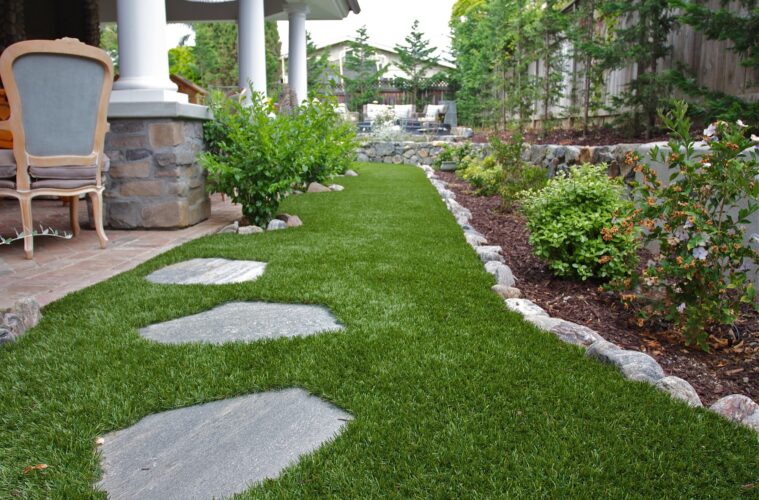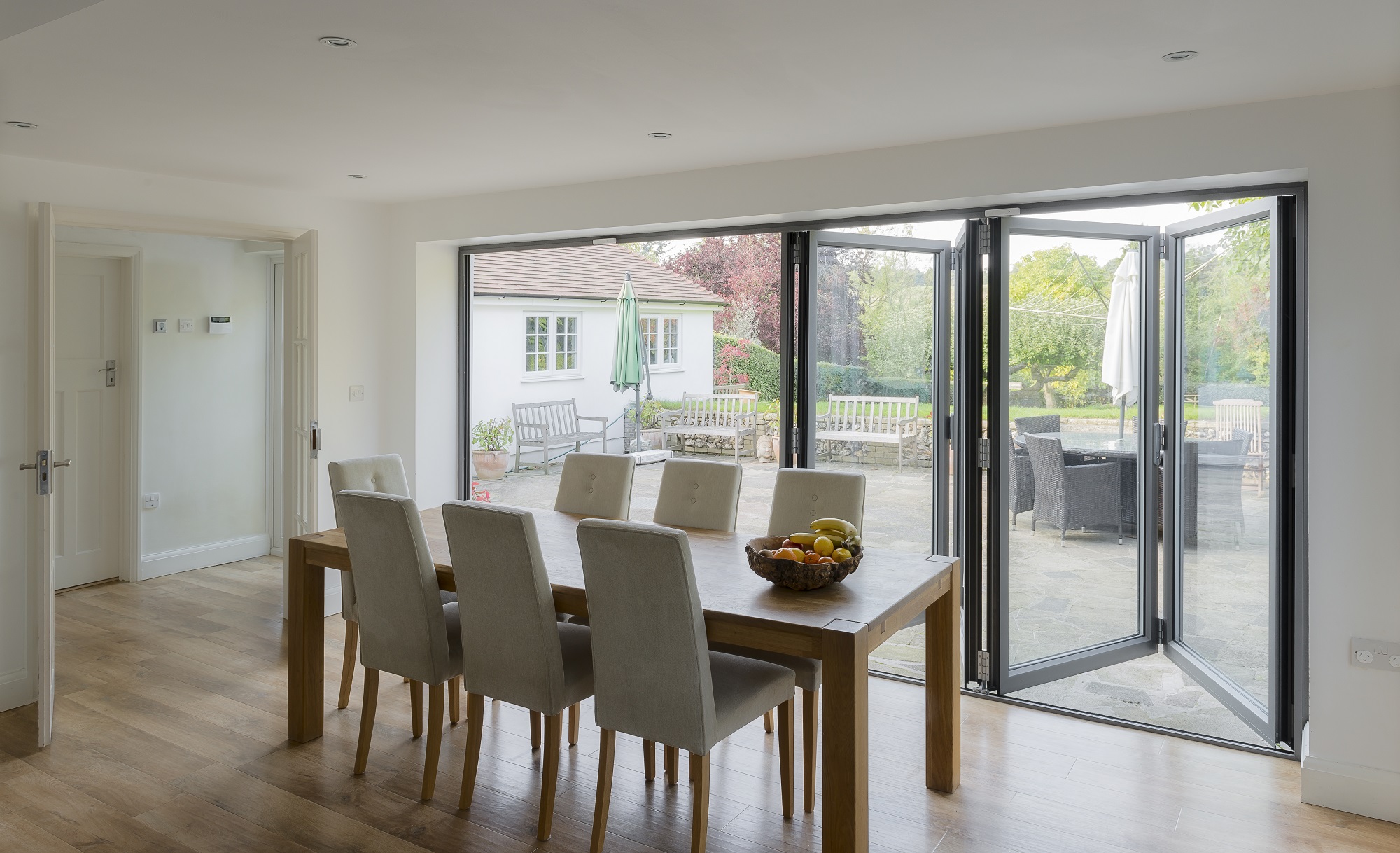Artificial grass, also known as synthetic turf, is a surface of synthetic fibers designed to resemble natural grass. It was first introduced in the 1960s to create playing surfaces for sports that did not require the constant upkeep and maintenance of natural grass fields.
Artificial grass is made up of a few key components. The base layer is typically made of compacted soil, crushed stone, or gravel, providing a stable surface for the artificial grass.
On top of the base layer is a layer of drainage material, such as crushed stone or sand, which allows water to flow through and prevent the buildup of moisture underneath the grass.
The next layer is artificial grass, typically made of either polyethylene or polypropylene fibers. These fibers are designed to mimic the look and feel of natural grass and are typically cut to different lengths to create a more realistic appearance. The fibers are also typically treated with UV inhibitors to prevent fading over time.
Finally, some artificial grass may also have an infill layer, typically made of silica sand or rubber particles. The infill helps weigh down the artificial grass and provides additional cushioning for sports activities.
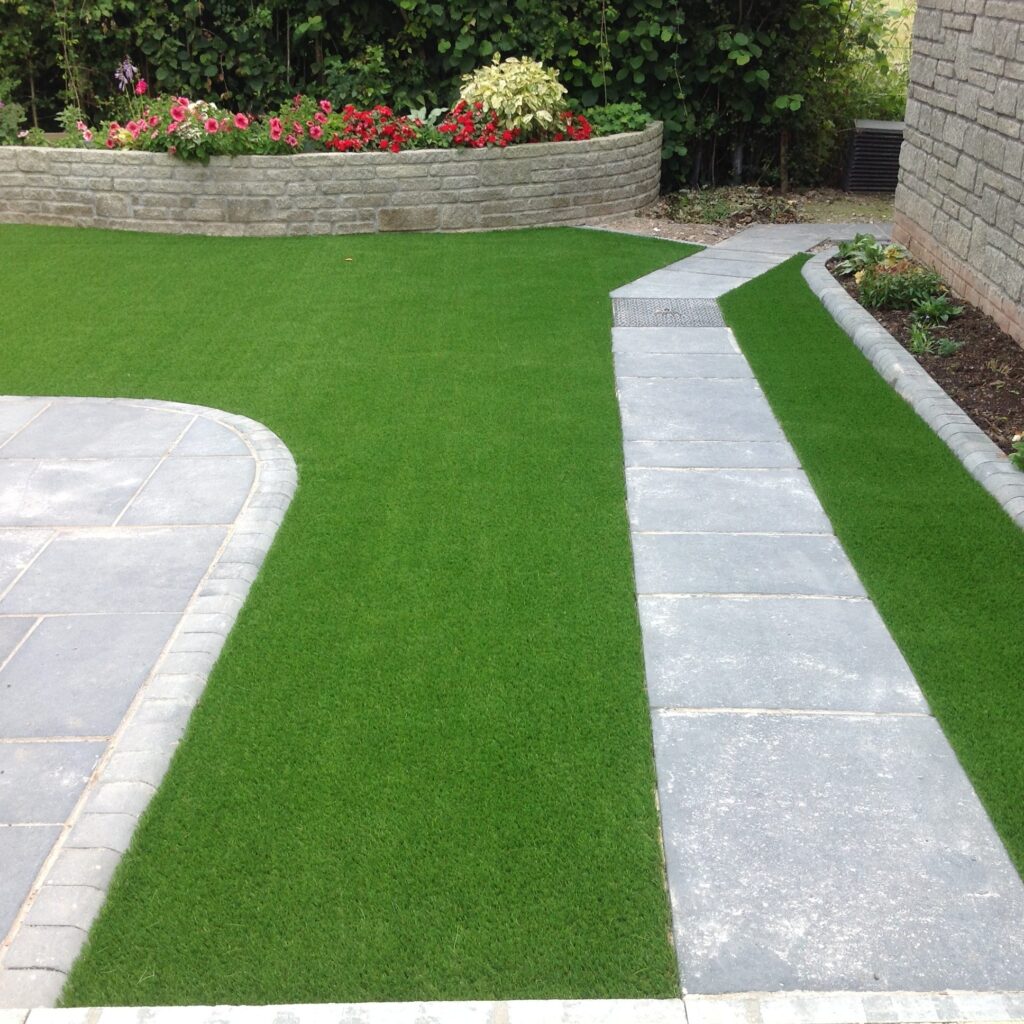
source: pinterest.com
Artificial grass has many benefits, including requiring little to no maintenance compared to natural grass. It does not need to be watered, mowed, or fertilized, which can save homeowners a significant amount of time and money. Additionally, it can be used in various settings, including sports fields, playgrounds, and residential landscapes.
There are some potential drawbacks to artificial grass, however. One of the biggest concerns is its environmental impact, as the production of synthetic materials can be resource-intensive and may release harmful chemicals into the environment.
Additionally, some people may prefer something other than the feel of artificial grass or the look of natural grass.
Artificial grass, also known as synthetic turf, is becoming increasingly popular among homeowners due to its many benefits. It is low maintenance, durable, and can give your house a lush and green appearance all year round.
Here are some tips for incorporating artificial grass into your home:
Choose the Right Type of Artificial Grass
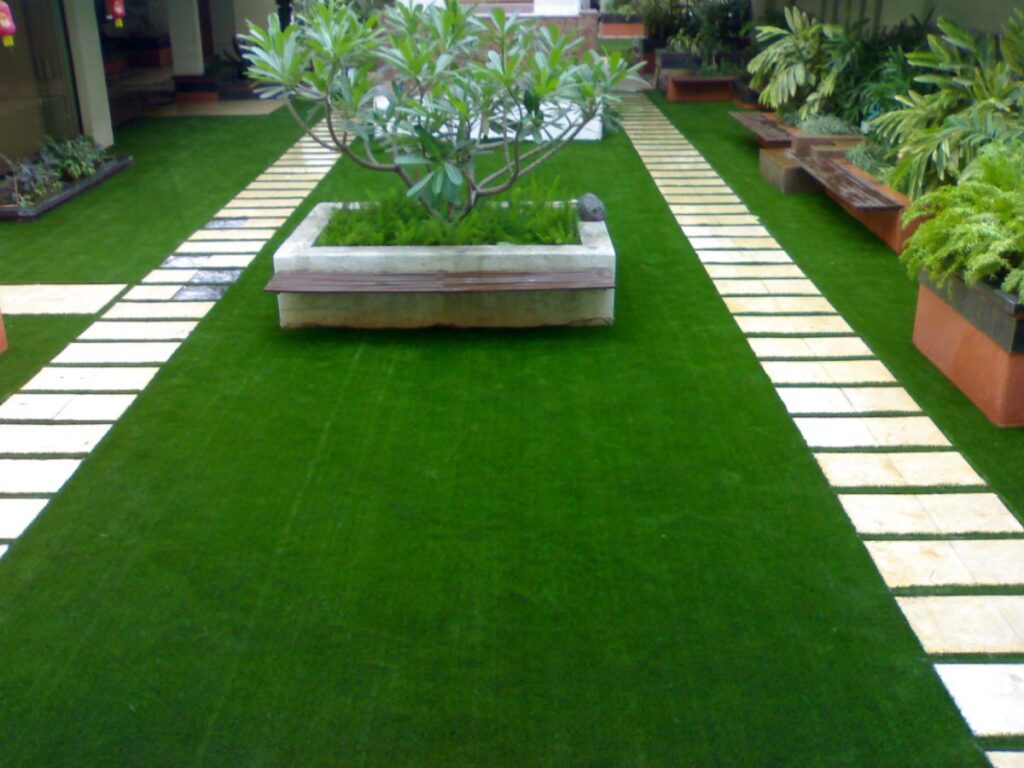
source: pinterest.com
Not all artificial grass is the same, and choosing the right one can make all the difference in its appearance and durability. Look for artificial grass made with high-quality materials, has a high stitch rate, and is UV stabilized to prevent fading. Also, ensure a realistic texture and color blends well with your surroundings.
Prepare the Surface
Before installing artificial grass:
- Make sure the surface is smooth, clean, and level.
- Remove debris, weeds, or grass and level the surface with a rake.
- If you are installing artificial grass on top of concrete or another hard surface, ensure proper drainage prevents water from pooling.
Install Proper Drainage
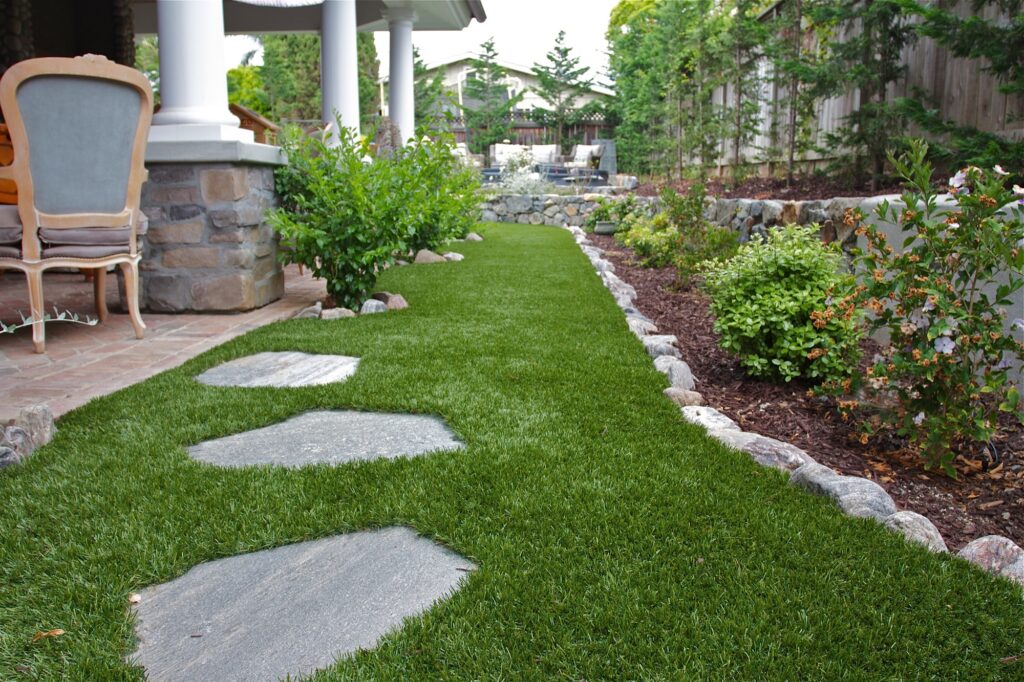
source: pinterest.com
Good drainage is essential for artificial grass. If water is not drained correctly, it can damage the artificial grass and create a breeding ground for bacteria and mold. To ensure proper drainage, install a sub-base of crushed stone or gravel and a perforated pipe system that will allow water to drain away.
Hire a Professional
While some homeowners choose to install artificial grass themselves, it is recommended to hire a professional installer to ensure proper installation. A professional artificial grass Perth installer can ensure that the surface is adequately prepared, the drainage is installed correctly, and that the artificial grass is installed evenly and securely.
Regular Maintenance
Although artificial grass is low maintenance, it still requires some upkeep to keep it looking its best. Brush the artificial grass regularly to keep the fibers upright and remove debris. If you have pets, clean up any messes immediately and use a deodorizing spray to keep the area smelling fresh.
In conclusion, artificial grass can be a great addition to your home. Still, it’s essential to choose the right type, prepare the surface properly, install proper drainage, hire a professional, and perform regular maintenance. Following these tips, you can enjoy a lush, green lawn all year round with minimal effort.

